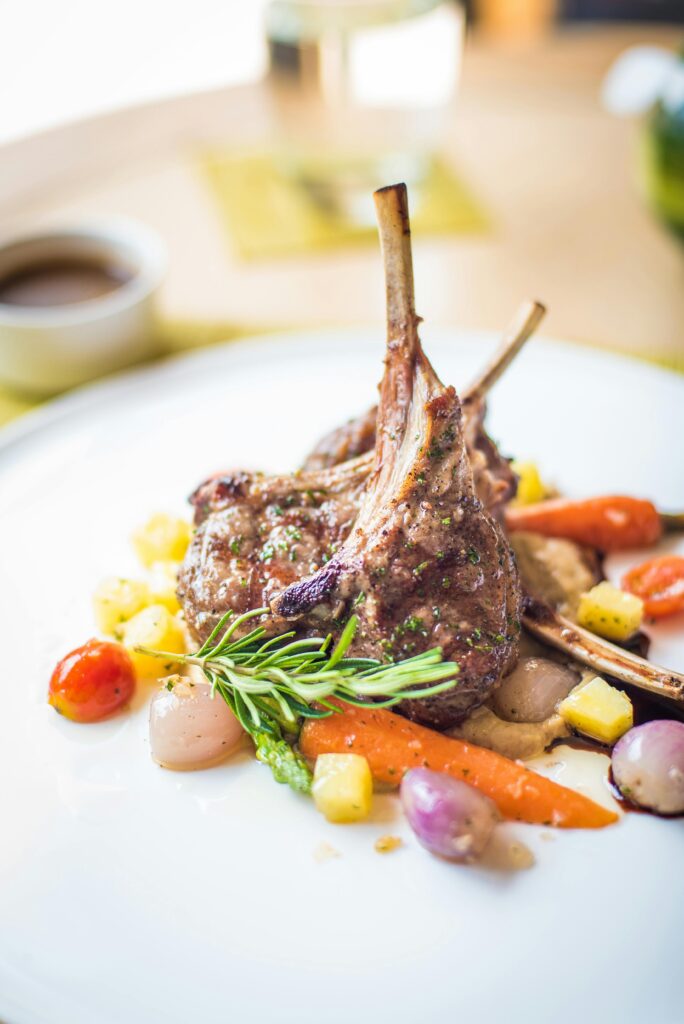TL;DR: Guide to buying and cooking with seasonal produce for peak nutrition and lowest prices, including preservation methods and seasonal menu planning.
Introduction
Seasonal eating represents one of the most powerful strategies for reducing food costs while maximizing nutritional value. When you align your eating patterns with natural growing cycles, you access fresh produce at its peak flavor, nutritional density, and lowest prices. This approach connects you with traditional food wisdom while providing modern benefits for both your budget and your health.
The industrialization of food production has disconnected many people from seasonal rhythms, leading to expectations of year-round availability for all produce. However, out-of-season fruits and vegetables often cost 2-4 times more than seasonal alternatives while offering inferior taste and nutrition. By rediscovering seasonal eating patterns, you can dramatically reduce grocery costs while improving meal quality and nutritional intake.
This comprehensive guide reveals how to eat seasonally for maximum financial and health benefits, including specific seasonal produce guides, preservation techniques, and menu planning strategies that work within tight budgets.
Understanding Seasonal Economics
Price Fluctuation Patterns
Peak Season Savings: During harvest time, local produce floods markets, creating oversupply that drives prices down dramatically. For example:
- Strawberries in June: £1.50 per punnet vs. £3.50 in December
- Butternut squash in October: £0.80 each vs. £2.50 in March
- Asparagus in May: £2.50 per kg vs. £6.00 per kg in November
Transportation and Storage Costs: Out-of-season produce requires:
- Long-distance shipping from different hemispheres
- Energy-intensive greenhouse production
- Extended cold storage and preservation
- Multiple handling stages that increase costs
Quality Deterioration: Produce shipped long distances or stored for months loses nutritional value and flavor, making it poor value despite lower per-unit prices.
Supply Chain Benefits
Local and Regional Sourcing:
- Shorter transport distances reduce costs and environmental impact
- Direct relationships with producers can provide better prices
- Seasonal abundance creates opportunities for bulk purchasing
- Less packaging and processing required for fresh, local produce
Farmers Market Economics:
- End-of-day discounts on perishable items
- Direct producer pricing eliminates middleman markups
- Opportunities to buy “seconds” – slightly imperfect produce at reduced prices
- Bulk purchase options for preservation
Spring Eating Strategy (March-May)
Peak Spring Produce
Early Spring (March):
- Leeks: £1.20 per kg (vs. £3.00 in summer)
- Spring onions: £0.80 per bunch
- Purple sprouting broccoli: £2.50 per kg
- Rhubarb: £1.50 per kg
Late Spring (April-May):
- Asparagus: £3.00 per kg (vs. £6.00+ out of season)
- New potatoes: £1.80 per kg
- Fresh peas: £2.00 per kg
- Spring cabbage: £0.60 per head
- Radishes: £0.80 per bunch
Spring Menu Planning
Weekly Spring Menu (£25 for family of four):
Monday: Spring Vegetable Risotto
- Arborio rice with asparagus, peas, and spring onions
- Cost: £3.50 per meal for family
Tuesday: New Potato and Leek Soup
- Hearty soup with crusty bread
- Cost: £2.80 per meal
Wednesday: Spring Cabbage Stir-fry
- Quick stir-fry with whatever protein is available
- Cost: £3.20 per meal
Thursday: Asparagus and Egg Pasta
- Simple pasta with seasonal vegetables
- Cost: £3.00 per meal
Friday: Spring Vegetable Curry
- Mixed seasonal vegetables in curry sauce with rice
- Cost: £3.50 per meal
Spring Preservation Techniques
Asparagus Preservation:
- Blanch and freeze for later use
- Pickle asparagus spears for extended shelf life
- Make asparagus soup base to freeze
Rhubarb Processing:
- Chop and freeze for year-round desserts
- Make rhubarb compote for winter use
- Combine with other fruits for jams
Herb Abundance:
- Dry herbs for winter seasoning
- Make herb oils and vinegars
- Freeze herbs in ice cubes for easy use
Summer Eating Strategy (June-August)
Peak Summer Abundance
Early Summer (June):
- Strawberries: £1.50 per punnet (vs. £3.50+ in winter)
- New potatoes: £1.20 per kg
- Lettuce and salad greens: £0.80 per head
- Gooseberries: £2.00 per kg
Mid-Summer (July):
- Tomatoes: £1.80 per kg (vs. £4.00+ in winter)
- Courgettes: £1.50 per kg
- French beans: £2.50 per kg
- Soft fruits: £1.50-2.50 per punnet
Late Summer (August):
- Sweetcorn: £0.30 per ear
- Peppers: £2.00 per kg
- Cucumber: £0.60 each
- Stone fruits: £2.50-3.50 per kg
Summer Preservation Strategies
Tomato Processing: When tomatoes are abundant and cheap (late summer), process large quantities:
- Make and freeze tomato sauce
- Can whole tomatoes for winter use
- Dry tomatoes for concentrated flavor
- Make tomato paste for cooking base
Soft Fruit Management:
- Freeze berries individually on trays, then store in bags
- Make jams and preserves with seasonal fruits
- Combine fruits in mixed preserves
- Dehydrate fruits for healthy snacks
Vegetable Preservation:
- Blanch and freeze beans, courgettes, and peppers
- Make vegetable relishes and chutneys
- Pickle cucumbers and other vegetables
- Ferment vegetables for probiotics
Summer Budget Menus
Cold Season Approach: Summer


